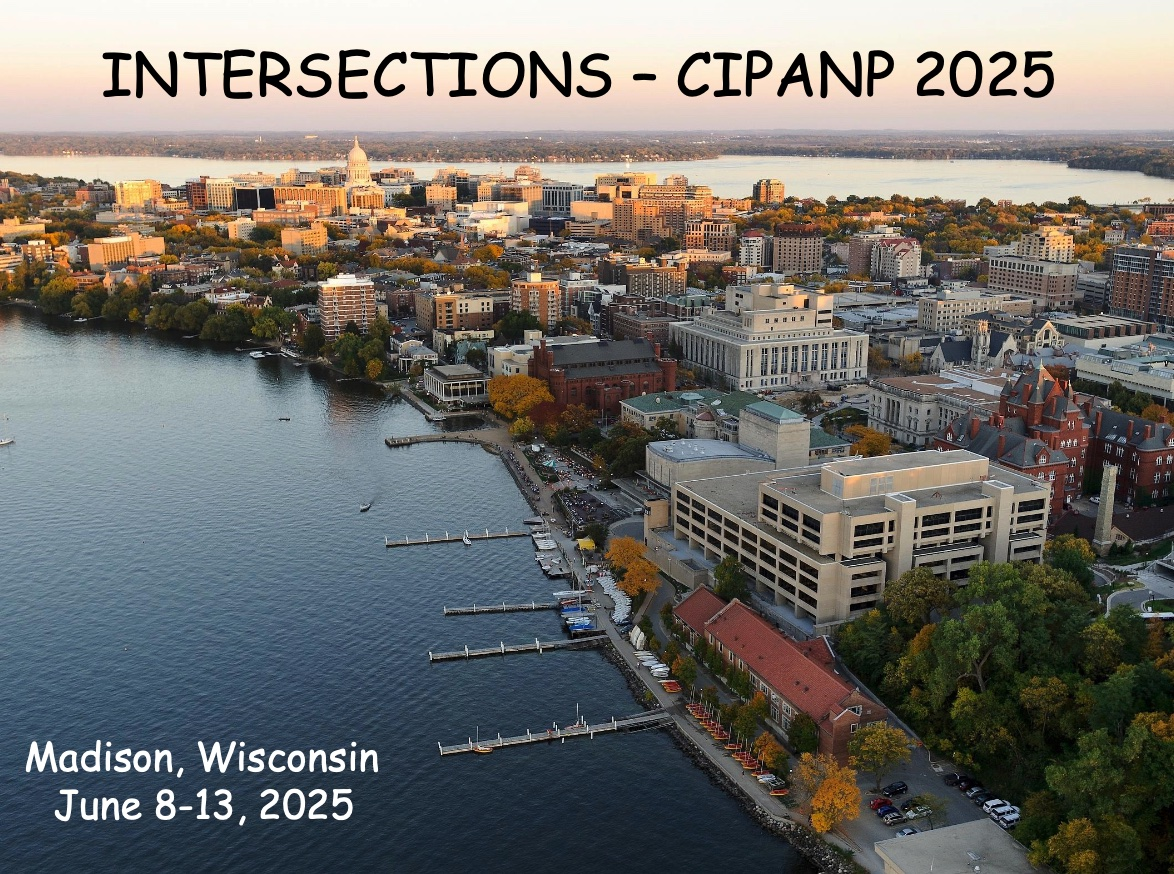Speaker
Description
Muonium is a pure leptonic binary system consisting of a positive muon and an electron, and its level structure can be calculated with high precision. The Muonium Spectroscopy Experiment Using Microwave (MuSEUM) experiment aims to verify the quantum electromagnetic dynamics theory and determine the positive muon magnetic moment and mass by precise measurements of the ground-state hyperfine structure of muonium. There are two methods to measure the hyperfine structure of muonium: Spectroscopy of the energy level differences at zero magnetic field and those between Zeeman splitting sublevels in high magnetic field. Hyperfine structure of muonium can be determined in both methods and the muon-proton magnetic moment ratio can be determined from the two transition frequencies between two pairs of sublevels measured in high magnetic field and the proton NMR frequency, which is proportional to the magnetic field. The most precise value of the hyperfine structure of muonium was determined from high field experiment at LAMPF, an accelerator facility in Los Alamos, in 1999 [1]. We aim to improve the precision of the hyperfine structure of muonium by an order of magnitude using the high-intensity pulsed muon beam at Japan Proton Accelerator Research Complex (J-PARC) in 1 MW operation. The zero field experiment at J-PARC MLF MUSE D-Line was completed with a precision of 160 ppb in 2017 [2, 3], and the first high field measurement under 100 kW operation was performed at MUSE H-Line, the new high intensity beamline, from February to March this year. We plan to conduct long-time measurements aiming at updating the precision of the previous study with more reduced systematic uncertainty by precisely controlling the magnetic field, temperature, and so on from November of this year. This talk will report on the current state of preparation including the latest results.
References
[1] W. Liu et al., Phys. Rev. Lett. 82, 711-714 (1999).
[2] S. Kanda et al., Phys. Lett. B 815, 136154 (2021).
[3] S. Nishimura et al., Phys. Rev. A 104, L020801 (2021).

